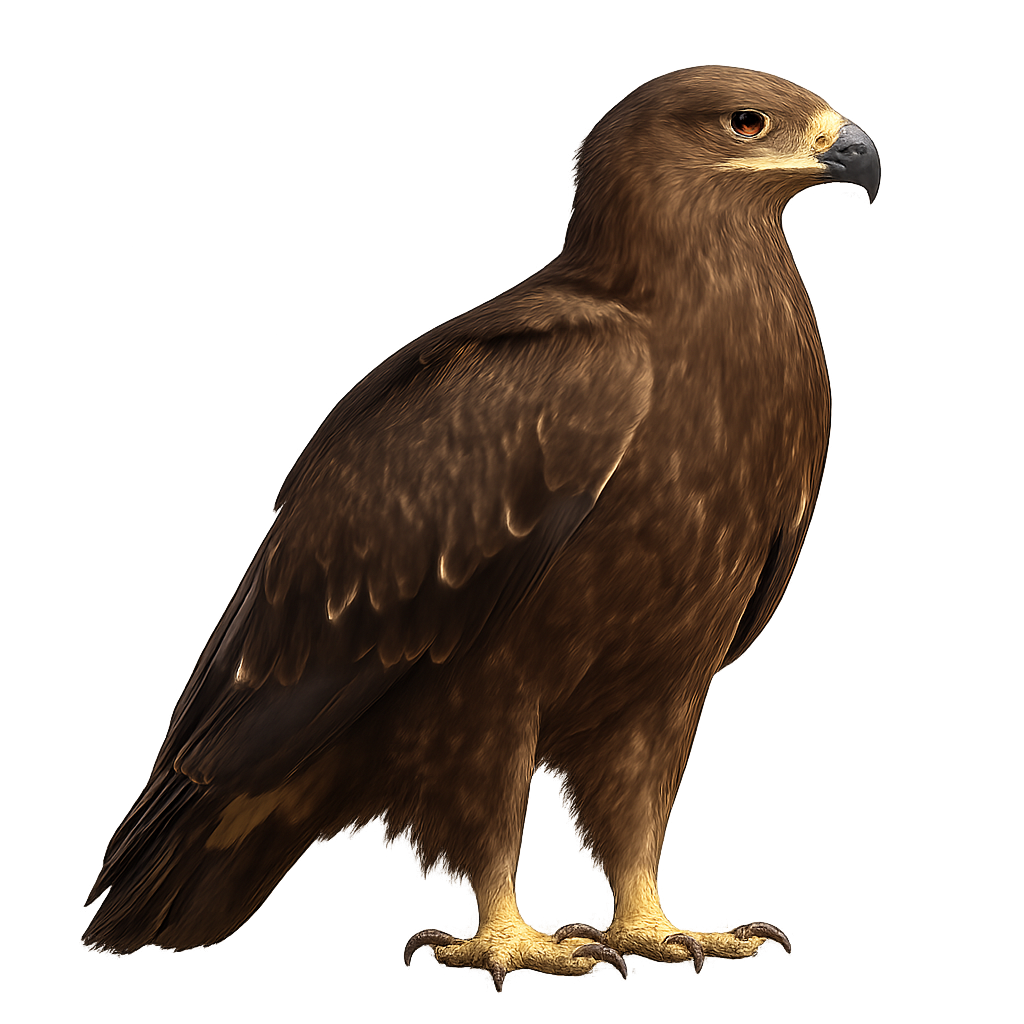Observe and photograph a species in its natural habitat
Learn where and when to observe a species in the wild, how to recognize it in the field, and what habitats it lives in. Get photography tips adapted to its behavior and capture stunning images without disturbing the animal. For full details, open the complete profile in the WildlifePhotographer app.
Common eagle
Scientific name: Aquila clanga

IUCN Status: Vulnerable
Family: ACCIPITRIDAE
Group: Birds
Shyness: Very shy
Safe distance: 10 m
Breeding season / Courtship: 01.02-28.02
Gestation: 38 à 45 jours
Births: 08.04-15.05
Habitat:
Mountains and open forests
Description:
The Greater Spotted Eagle is an imposing raptor, recognizable by its dark plumage and robust silhouette. This large eagle is mainly found in Eastern Europe and Asia, where it hunts large mammals, birds, and sometimes even reptiles. It mainly inhabits open landscapes such as meadows, steppe areas, and marshes. Its powerful call, which is the source of its name, is often seen as a symbol of strength and sovereignty in local cultures.
During the breeding season, the Greater Spotted Eagle performs majestic flights and powerful calls to mark its territory and attract a mate.
Recommended lens:
>=300 mm
Photography tips:
Use a telephoto lens to capture images from a distance, respecting the discreet nature of the species.
Photograph early in the morning or late in the afternoon, times when the lighting is optimal to highlight the eagle's plumage.
Look for it in open areas near forests: heathlands, meadows, and wetlands, where it primarily feeds on small mammals and birds.
Be patient and discreet to avoid disturbing its natural behavior.
The yelling eagle is classified as a species of minor concern by the IUCN. Although generally protected, it is essential to respect its natural habitat and minimize human disturbances, especially during the nesting season.
Ready to take action?
Choose your platform and start your free trial today



